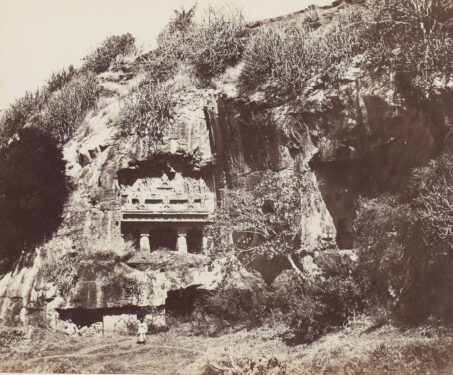

Singing pillars, living rocks & posh pineapples – Architecture of the Deccan
How medieval Deccani architecture evolved to encompass such a range of marvels, from monolithic cave monasteries to Dravidian temple art to Indo-Islamic minarets

How medieval Deccani architecture evolved to encompass such a range of marvels, from monolithic cave monasteries to Dravidian temple art to Indo-Islamic minarets
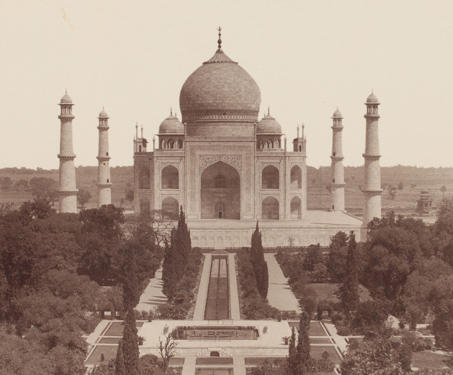
When Arjumand Banu Begum (1593-1631), principal consort of Mughal emperor Shah Jahan, passed away, a marble mausoleum was constructed to house her mortal remains on the south bank of the Yamuna. The Taj Mahal, originally named Rauza-i-Munawarah, took fifteen years from 1632 to be completed. Marble from Makrana, jasper from Punjab and jade from China… Read more »
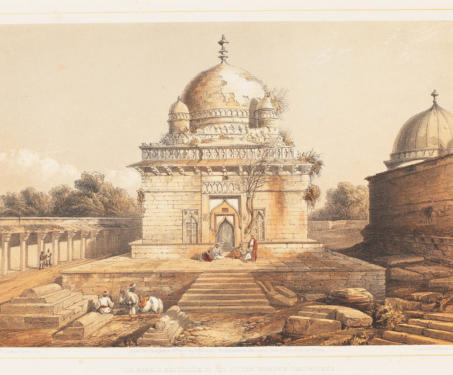
In a collaboration between Sarmaya and India Lost & Found, we admire the fading beauty of Mandu, home to the delicate Malwa style of architecture
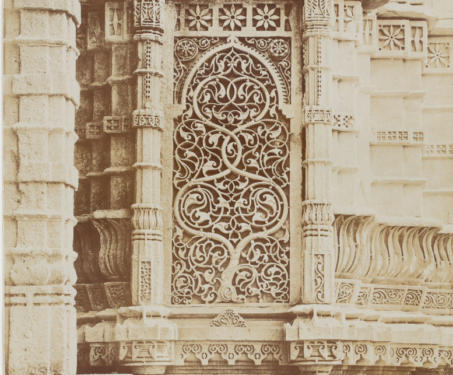
The Sultans of Gujarat built a lasting cultural legacy that lives on through the incredible mosques, tombs, palaces and shrines they left behind in Ahmedabad, Cambay, Patan and Champaner. Let’s go on a tour of the Sultanate through rare photographs from the Sarmaya collection
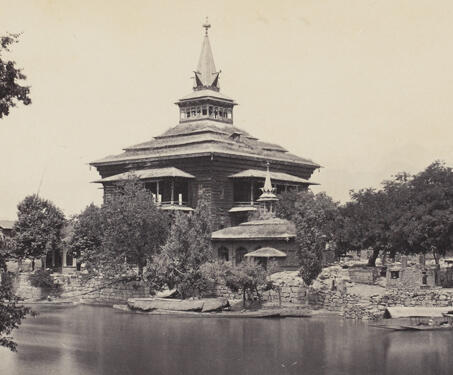
The Shah Hamadan or the ‘Khanqah-i-Moualla’ was built as a mosque and shrine to Mir Sayyid Ali Hamdani (also known as Shah Hamadan) in the late 14th century. Also called the Amir-i-Kabir (the Great Commander), he was a Persian Sufi saint who played a vital role in spreading Islam in Kashmir. Shah Hamadan was constructed… Read more »
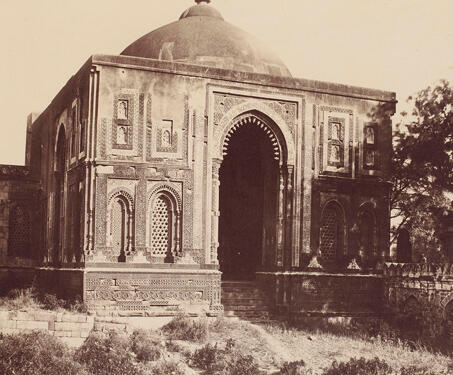
Alai Darwaza is the main entrance (and the only surviving one) to the Quwwat-ul Islam mosque inside the Qutb Minar complex. It was built by the Delhi Sultan Alauddin Khilji in 1311 CE. The Darwaza was constructed using red sandstone and white marble, inlaid with black marble and blueschist—all richly carved in low relief. This… Read more »
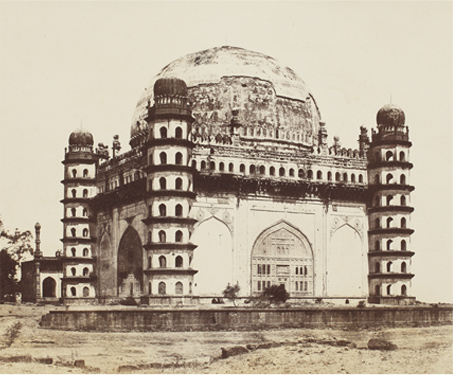
A keen amateur photographer and a member of the Bombay Photographic Society in 1854, Colonel Thomas H Biggs actually had a pretty serious day job. He joined as an officer of the Bombay Artillery in 1841 and was later made captain. In 1855, the Bombay government commissioned him to document the architectural and archaeological sites… Read more »
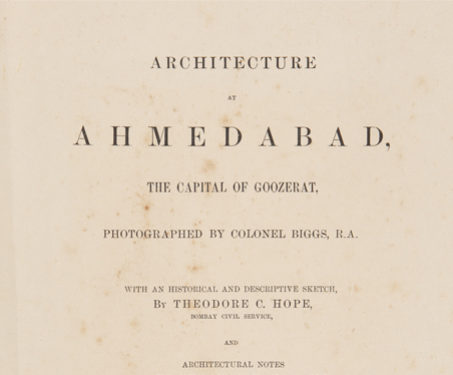
An important, early and rare photographically-illustrated record of the art and architecture of western India with special emphasis on Ahmedabad, the capital of Gujarat.
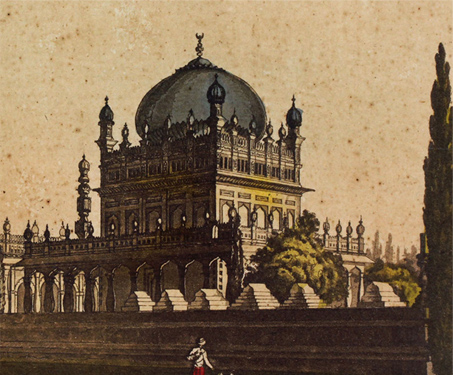
This engraving depicts the sepulchre or mausoleum of Tipu Sultan and Haider Ali in Seringapatam (now Srirangapatna), erstwhile capital of the kingdom of Mysore.The domed mausoleum is seen situated on a raised platform in the middle of a landscaped garden. The dome is supported on granite pillars, and, inside the mausoleum, the walls are decorated… Read more »